Home>Furniture & Design>Interior Design Trends>How To Melt Glass
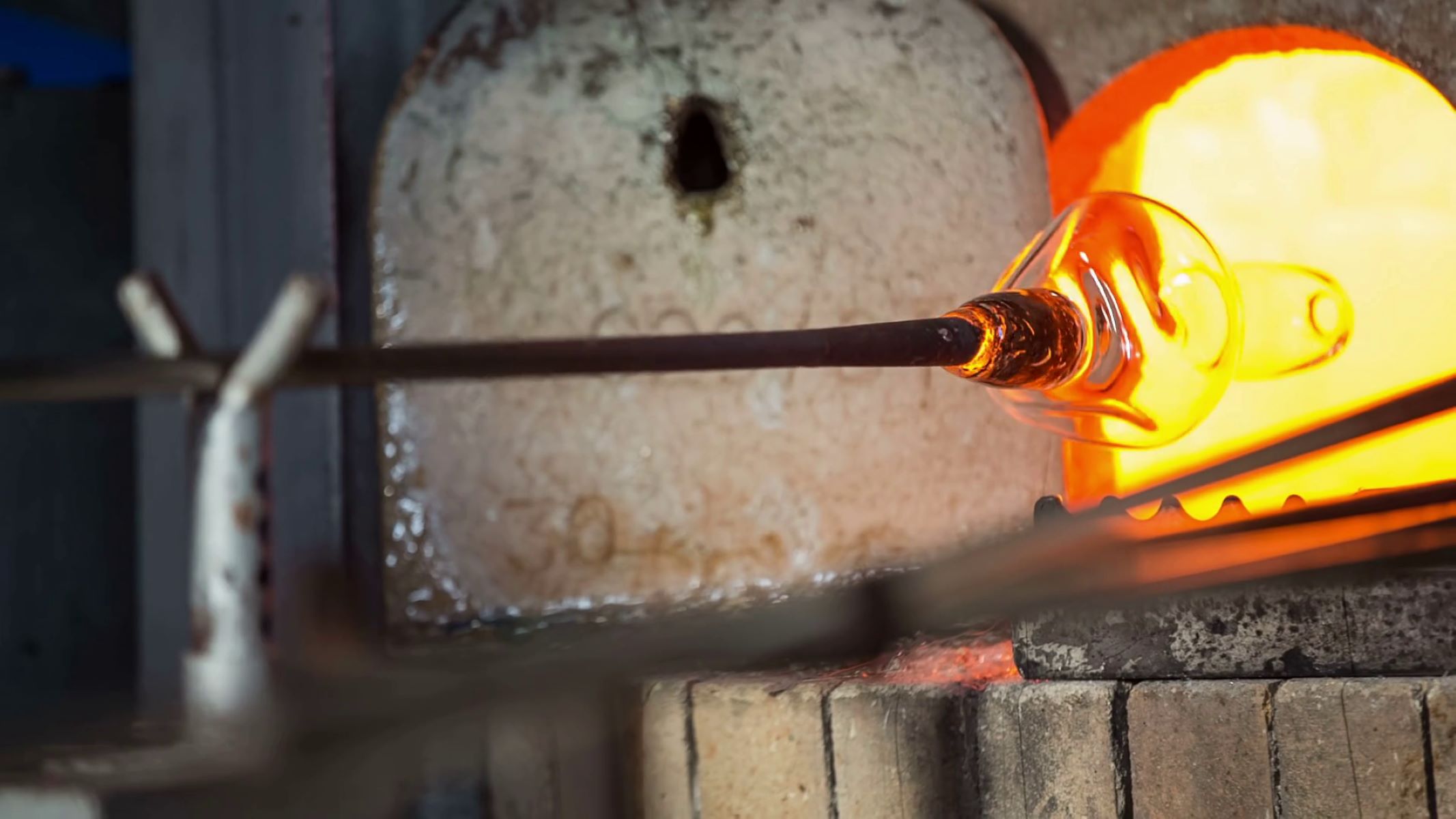

Interior Design Trends
How To Melt Glass
Modified: February 4, 2024
Learn the latest interior design trends with our guide on how to melt glass. Discover innovative techniques and ideas for creating stunning glass decor. Elevate your interior design with this unique and captivating process.
(Many of the links in this article redirect to a specific reviewed product. Your purchase of these products through affiliate links helps to generate commission for Storables.com, at no extra cost. Learn more)
Introduction
Glass melting is a fascinating and intricate process that has been practiced for centuries, resulting in the creation of stunning glassware, art pieces, and decorative items. Whether you are a seasoned glass artist or a beginner eager to explore the world of glass melting, understanding the fundamentals and techniques is essential for successful and safe glass manipulation.
In this comprehensive guide, we will delve into the art of melting glass, exploring the properties of glass, the selection of suitable glass types, the necessary tools and equipment, safety precautions, step-by-step melting procedures, and valuable tips for achieving exceptional results. Whether you aspire to craft exquisite glass sculptures, jewelry, or functional glassware, this guide will equip you with the knowledge and insights needed to embark on your glass melting journey with confidence and creativity.
Let's embark on this captivating exploration of glass melting, where science, artistry, and craftsmanship converge to transform raw materials into dazzling works of art.
Key Takeaways:
- Melting glass is a captivating blend of art and science, requiring careful selection of glass types, precise tools, and safety precautions. Understanding glass properties and following step-by-step melting procedures are essential for creating stunning glass creations.
- Safety is crucial in glass melting, from wearing protective gear to proper ventilation and fire safety. Embracing creativity, experimenting with colors, and continuous learning are key to successful glass melting.
Read more: How To Melt Candles In Glass Jars
Understanding the Properties of Glass
Glass, a material with a rich history dating back to ancient civilizations, possesses unique properties that make it a versatile medium for artistic expression and functional applications. Understanding the fundamental properties of glass is crucial for anyone venturing into the art of glass melting.
Transparency and Clarity
One of the most distinctive features of glass is its transparency, allowing light to pass through and creating a luminous effect. The clarity of glass enables artists to play with light and color, resulting in captivating visual effects in glass art and design.
Thermal Properties
Glass exhibits remarkable thermal properties, making it an ideal material for melting and shaping. With its high melting point and the ability to retain its form once cooled, glass offers artists the opportunity to create intricate and durable pieces through controlled heating and cooling processes.
Chemical Inertness
Glass is chemically inert, meaning it does not react with most substances. This property makes glass an excellent choice for storing and displaying food, beverages, and pharmaceuticals, as it does not impart any flavors or odors to its contents.
Read more: What Is The Melting Point Of Glass
Strength and Fragility
While glass can be incredibly strong and durable, it also possesses fragility. Understanding the delicate balance between strength and fragility is essential for manipulating glass during the melting process, ensuring that the final creations are both resilient and visually striking.
Workability
Glass exhibits unique workability, allowing artists to mold, shape, and manipulate it into a myriad of forms. Whether blowing, casting, or fusing, the workability of glass provides endless possibilities for artistic expression and innovation.
Optical Properties
The optical properties of glass, including refraction and reflection, contribute to its allure in art and design. These properties enable artists to create mesmerizing optical illusions and captivating visual effects in their glass creations.
By comprehending these inherent properties of glass, artists and enthusiasts can harness the full potential of this remarkable material, unlocking boundless opportunities for creativity and expression in the realm of glass melting.
Choosing the Right Glass for Melting
Selecting the appropriate type of glass is a critical aspect of the glass melting process, as different glass compositions exhibit unique characteristics when subjected to heat. Understanding the properties of various glass types and their suitability for melting is essential for achieving desired results in glass art and craftsmanship.
Read more: How To Melt Glass In A Fire Pit
Factors to Consider
-
COE (Coefficient of Expansion): The Coefficient of Expansion indicates how much a glass will expand or contract when exposed to changes in temperature. It is crucial to match the COE of the glass being melted with other glass components in the project to prevent stress and potential breakage in the finished piece.
-
Compatibility: When combining different types of glass for melting, compatibility is paramount. Ensuring that the glasses being fused or melted together have similar COEs and chemical compositions is vital to avoid cracking or separation during the melting process.
-
Color and Transparency: The aesthetic qualities of the glass, including its color and transparency, play a significant role in artistic expression. Artists must consider the visual effects they aim to achieve and select glass types that align with their creative vision.
-
Workability: Different glass types exhibit varying degrees of workability when subjected to heat. Some glasses may be more conducive to blowing, while others are better suited for casting or fusing. Understanding the workability of each glass type is crucial for executing specific melting techniques.
Common Types of Glass for Melting
-
Soda-Lime Glass: Widely used in glassblowing and fusing, soda-lime glass is known for its workability and versatility. It is available in a range of colors and is a popular choice for artists seeking vibrant and translucent effects in their glass creations.
-
Borosilicate Glass: Renowned for its durability and resistance to thermal shock, borosilicate glass is favored for sculptural and functional glass art. Its low COE makes it suitable for intricate melting processes, such as lampworking and kiln casting.
-
Fused Quartz: With its exceptional clarity and high melting point, fused quartz is often employed in precision glass melting for scientific and industrial applications. Its purity and thermal stability make it an intriguing option for artists seeking to explore the boundaries of glass melting.
By carefully considering these factors and exploring the diverse range of glass types available, artists and enthusiasts can make informed decisions when selecting the right glass for their melting endeavors. This thoughtful approach ensures that the chosen glass not only meets technical requirements but also aligns with the artistic vision, resulting in captivating and enduring glass creations.
Tools and Equipment Needed for Melting Glass
Melting glass is a captivating fusion of art and science, requiring a specialized set of tools and equipment to manipulate and shape this remarkable material. Whether engaging in glassblowing, kiln casting, or lampworking, having the right tools at hand is essential for achieving precision, safety, and artistic expression. Here's a comprehensive overview of the tools and equipment needed for melting glass:
1. Kiln or Furnace
A kiln or furnace serves as the heart of the glass melting process, providing controlled heat for shaping and fusing glass. Kilns come in various sizes and configurations, catering to different melting techniques and project requirements. From small tabletop kilns for jewelry making to large-scale furnaces for sculptural glass art, selecting the appropriate kiln is pivotal for successful glass melting.
2. Blowpipes and Punty Rods
For glassblowing enthusiasts, blowpipes and punty rods are indispensable tools for manipulating molten glass. The blowpipe, a hollow metal tube, allows artists to gather and shape molten glass, while the punty rod assists in transferring and supporting the glass during the blowing process. These tools enable artists to create intricate blown glass forms with precision and control.
3. Crucibles and Molds
Crucibles, made from refractory materials, are utilized for containing and melting glass within the kiln or furnace. They come in various shapes and sizes, accommodating different melting volumes and techniques. Additionally, molds play a crucial role in shaping molten glass into desired forms, offering endless possibilities for creating glass sculptures, vessels, and decorative objects.
4. Glass Cutters and Breaking Tools
Glass cutters, featuring a sharp cutting wheel, are essential for scoring and cutting glass sheets or rods to desired dimensions. Complementary breaking tools, such as running pliers and breaking pliers, aid in cleanly separating the scored glass along the intended lines, ensuring precise and controlled glass cutting for various melting applications.
5. Annealing Oven
Following the melting and shaping of glass, annealing ovens provide a controlled cooling environment to relieve internal stresses and strengthen the glass. Proper annealing is crucial for preventing thermal shock and ensuring the long-term durability of glass creations. Annealing ovens are equipped with programmable temperature controllers to facilitate gradual cooling cycles, essential for achieving stable and resilient glass pieces.
Read more: At What Temperature Does Crystal Glass Melt?
6. Safety Gear
The safety of glass artists and enthusiasts is paramount during the glass melting process. Essential safety gear includes heat-resistant gloves, protective eyewear, aprons, and respirators to safeguard against heat, molten glass splashes, and fumes. Prioritizing safety through the use of appropriate protective equipment is fundamental for a secure and enjoyable glass melting experience.
Equipped with these essential tools and equipment, artists and enthusiasts are poised to embark on their glass melting endeavors with confidence and creativity. The thoughtful selection and utilization of these tools not only facilitate the technical aspects of glass melting but also contribute to the realization of artistic visions, resulting in captivating and enduring glass creations.
Safety Precautions for Melting Glass
Ensuring safety is paramount when engaging in the captivating art of melting glass. The inherent risks associated with working with high temperatures and molten materials necessitate the implementation of comprehensive safety precautions to protect the well-being of artists and enthusiasts. Here's a detailed overview of essential safety measures for melting glass:
-
Personal Protective Equipment (PPE): Prior to commencing any glass melting activities, it is imperative to don appropriate personal protective equipment. This includes heat-resistant gloves to shield hands from burns, protective eyewear to safeguard against potential splashes of molten glass, and respirators to mitigate inhalation of fumes generated during the melting process.
-
Ventilation and Respiratory Protection: Adequate ventilation is crucial to dissipate fumes and airborne particles produced when melting glass. Operating in well-ventilated spaces or utilizing fume extraction systems helps minimize exposure to potentially harmful substances. Additionally, wearing respirators with appropriate filtration capabilities provides an extra layer of respiratory protection, particularly when working with certain types of glass and associated materials.
-
Fire Safety Measures: Given the high temperatures involved in glass melting, fire safety precautions are essential. Ensuring the presence of fire extinguishers, fire blankets, and a clear evacuation plan in the workspace is imperative. Regular inspection and maintenance of fire safety equipment contribute to a secure working environment, ready to address any unforeseen fire-related incidents.
-
Handling and Storage of Materials: Proper handling and storage of glass materials and associated chemicals are critical for preventing accidents and exposure. Storing glass components in designated areas, away from high-traffic zones, minimizes the risk of breakage and potential hazards. Additionally, adhering to safe handling practices when transporting and manipulating glass materials contributes to accident prevention.
-
First Aid Preparedness: Equipping the workspace with a well-stocked first aid kit and ensuring that all individuals involved in glass melting are familiar with its contents and usage is essential. Prompt access to first aid supplies and the knowledge to administer basic first aid measures in the event of minor injuries or accidents enhances overall safety preparedness.
-
Training and Education: Prior to engaging in glass melting activities, individuals should undergo comprehensive training on safe practices and techniques. Understanding the properties of different types of glass, the hazards associated with glass melting, and the appropriate safety protocols fosters a culture of safety awareness and preparedness among practitioners.
By diligently adhering to these safety precautions, artists and enthusiasts can create a secure and conducive environment for exploring the art of glass melting. Prioritizing safety not only safeguards against potential hazards but also fosters a sense of confidence and peace of mind, allowing for a fulfilling and enjoyable glass melting experience.
Steps to Melt Glass
-
Preparation of Glass Materials: Begin by selecting the appropriate glass type based on your project requirements and artistic vision. Ensure that the glass components are clean and free from any contaminants that may affect the melting process. Cut or shape the glass materials to the desired dimensions using glass cutters and breaking tools, preparing them for the melting phase.
-
Setting Up the Kiln or Furnace: If using a kiln or furnace for glass melting, carefully arrange the crucibles, molds, and glass components within the kiln chamber. Position the kiln shelves or supports to accommodate the glass materials, ensuring proper airflow and heat distribution during the melting process.
-
Programming the Heating Cycle: Depending on the type of glass and the desired melting technique, program the kiln or furnace to initiate the heating cycle. Set the temperature and heating rate according to the specific melting characteristics of the chosen glass type, allowing for gradual and controlled temperature elevation to avoid thermal shock.
-
Melting the Glass: Once the kiln or furnace reaches the designated temperature, carefully monitor the glass materials as they begin to melt. Observe the molten glass as it flows and settles within the crucibles or molds, ensuring that the heating process proceeds smoothly and uniformly.
-
Shaping and Manipulating the Molten Glass: If engaging in glassblowing or mold-based shaping, carefully remove the molten glass from the kiln or furnace using appropriate tools such as blowpipes, punty rods, or ladles. Employ precise techniques to shape and manipulate the molten glass according to your artistic design, taking care to maintain the desired form and dimensions.
-
Annealing the Glass: Following the shaping and manipulation of the glass, transfer the formed pieces to the annealing oven. Program the annealing cycle to gradually cool the glass, relieving internal stresses and ensuring its long-term stability. Proper annealing is crucial for preventing cracks and ensuring the durability of the finished glass creations.
-
Cooling and Inspection: Once the annealing cycle is complete, allow the glass pieces to cool to room temperature within the annealing oven. Carefully inspect the finished glass creations for any imperfections or irregularities, ensuring that they meet the desired quality standards and artistic objectives.
By following these meticulous steps, artists and enthusiasts can embark on the captivating journey of melting glass, transforming raw materials into exquisite works of art with precision, creativity, and technical proficiency.
Tips for Successful Glass Melting
-
Temperature Control: Maintaining precise control over the melting temperature is crucial for achieving desired results. Different types of glass require specific temperature ranges for optimal melting and shaping. Utilize kiln controllers or temperature-monitoring devices to ensure accurate and consistent heat application throughout the melting process.
-
Gradual Heating and Cooling: Avoid sudden temperature changes that can lead to thermal shock and glass breakage. Implement gradual heating and cooling cycles, especially during the annealing phase, to relieve internal stresses and enhance the structural integrity of the glass creations.
-
Experiment with Color Combinations: Embrace creativity by experimenting with diverse color combinations and opacities of glass. Layering translucent and opaque glass types can yield captivating visual effects, adding depth and dimension to your melted glass creations.
-
Utilize Protective Coatings: Consider using specialized coatings or glass frits to enhance the visual appeal and texture of melted glass pieces. These coatings can introduce unique patterns, iridescence, or surface textures, elevating the aesthetic impact of the final glass artworks.
-
Explore Reactive Glass: Delve into the realm of reactive glass, which undergoes intriguing color changes and transformations when subjected to specific melting conditions. The exploration of reactive glass adds an element of surprise and dynamism to your glass melting endeavors, yielding captivating and unpredictable outcomes.
-
Precision in Shaping: Whether blowing, casting, or fusing glass, prioritize precision in shaping and manipulating the molten material. Attention to detail and meticulous craftsmanship contribute to the refinement and elegance of the final glass pieces, showcasing the artist's skill and dedication.
-
Embrace Imperfections: Embrace the organic and unpredictable nature of melted glass, allowing for the emergence of unique imperfections and irregularities. These distinctive characteristics can infuse the glass creations with authenticity and charm, adding a touch of individuality to each piece.
-
Continuous Learning and Adaptation: The art of glass melting is a continuous journey of learning and adaptation. Stay open to exploring new techniques, learning from both successes and challenges, and adapting your approach based on the evolving understanding of glass properties and melting processes.
By incorporating these tips into your glass melting practice, you can elevate the quality and creativity of your glass artworks, unlocking the full potential of this captivating medium.
Read more: How To Get Melted Fabric Off Glass Stove Top
Conclusion
In conclusion, the art of melting glass is a captivating fusion of science, artistry, and craftsmanship, offering endless possibilities for creative expression and innovation. By understanding the inherent properties of glass, selecting the right glass types, utilizing essential tools and equipment, implementing comprehensive safety precautions, and following meticulous steps, artists and enthusiasts can embark on a fulfilling journey of transforming raw materials into exquisite glass creations.
The properties of glass, including transparency, thermal characteristics, and workability, serve as the foundation for exploring diverse melting techniques and realizing artistic visions. Selecting the appropriate glass type based on factors such as COE, compatibility, color, and workability is pivotal for achieving desired results in glass melting endeavors. Equipped with the right tools, including kilns, blowpipes, molds, and safety gear, practitioners can engage in glass melting with precision, safety, and confidence.
Safety remains a paramount consideration throughout the glass melting process, with comprehensive measures in place to protect individuals and ensure a secure working environment. From personal protective equipment to fire safety protocols and first aid preparedness, prioritizing safety enhances the overall experience of engaging in glass melting activities.
The step-by-step process of melting glass, from preparation and heating to shaping, annealing, and inspection, underscores the meticulous attention to detail and technical proficiency required for successful glass manipulation. By adhering to temperature control, gradual heating and cooling, and embracing experimentation with color combinations and reactive glass, artists can unlock the full potential of melted glass as a medium for artistic expression.
Furthermore, the tips for successful glass melting, including precision in shaping, embracing imperfections, and continuous learning, serve as guiding principles for elevating the quality and creativity of glass artworks. Embracing the organic nature of melted glass and continuously evolving one's approach contribute to the dynamic and ever-evolving landscape of glass artistry.
In essence, the art of melting glass transcends mere technical processes, offering a profound avenue for self-expression, creativity, and exploration. Whether creating intricate glass sculptures, functional glassware, or captivating art pieces, the journey of melting glass is a testament to the fusion of art and science, yielding enduring and captivating works that enrich the world of art and design.
Frequently Asked Questions about How To Melt Glass
Was this page helpful?
At Storables.com, we guarantee accurate and reliable information. Our content, validated by Expert Board Contributors, is crafted following stringent Editorial Policies. We're committed to providing you with well-researched, expert-backed insights for all your informational needs.
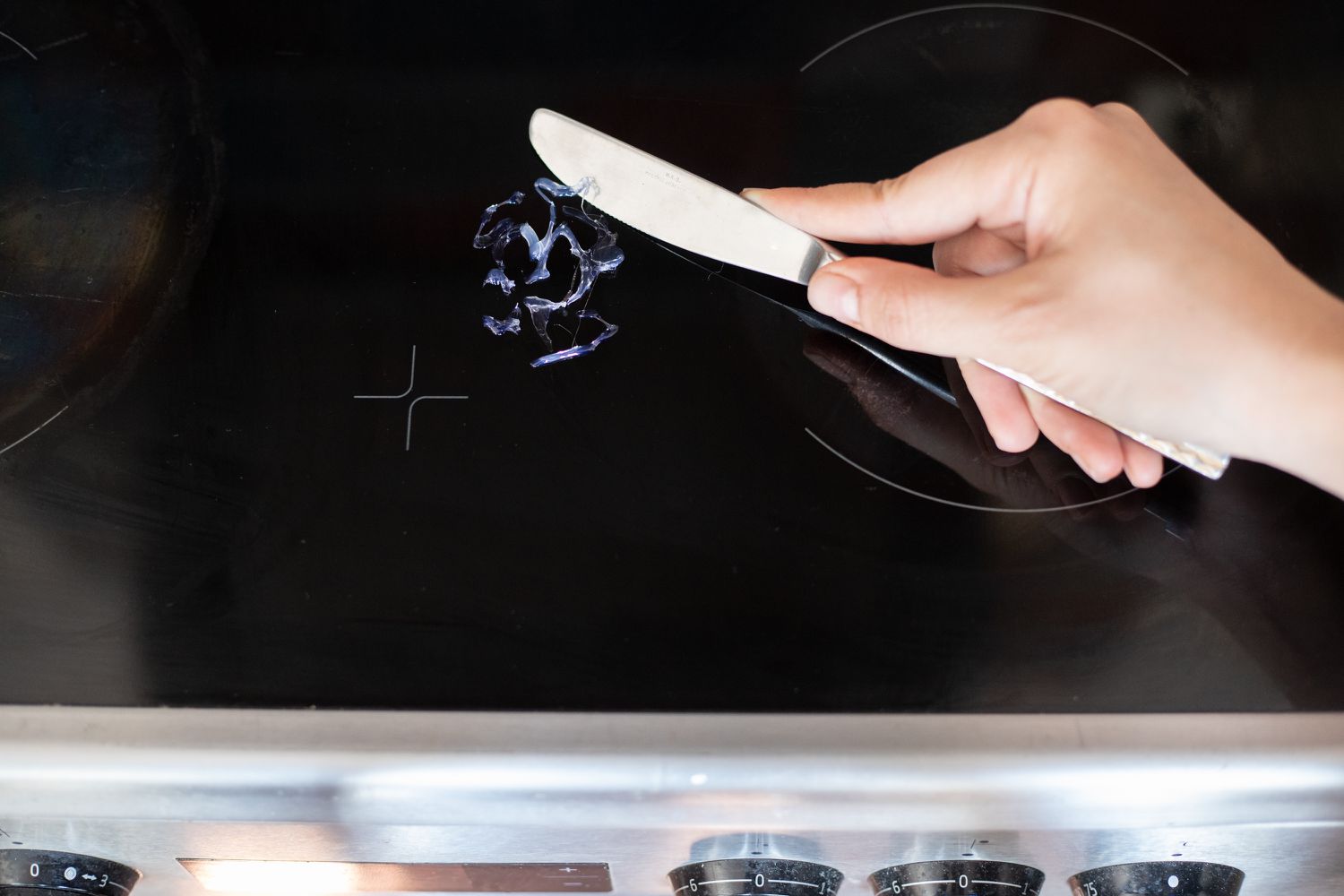
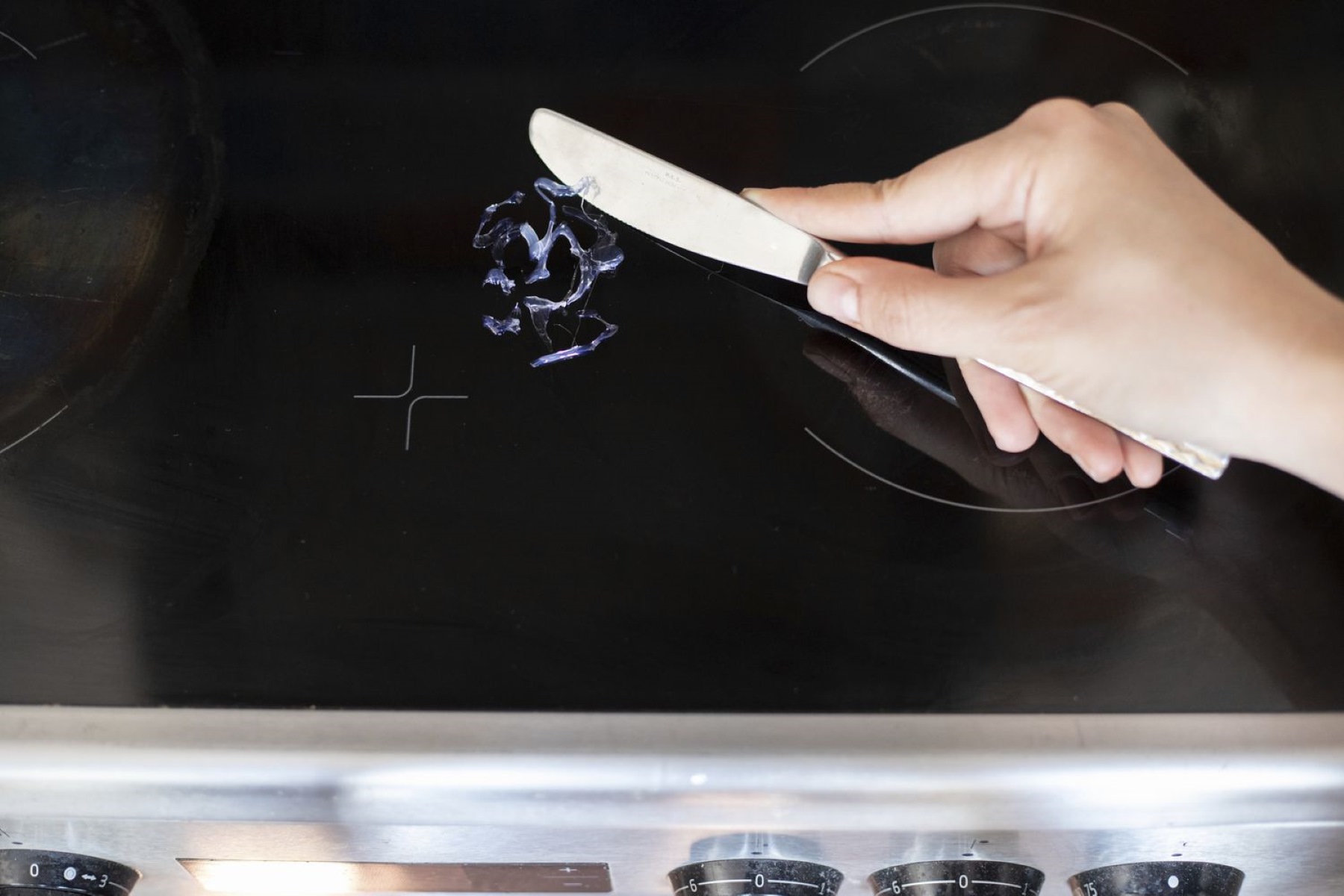
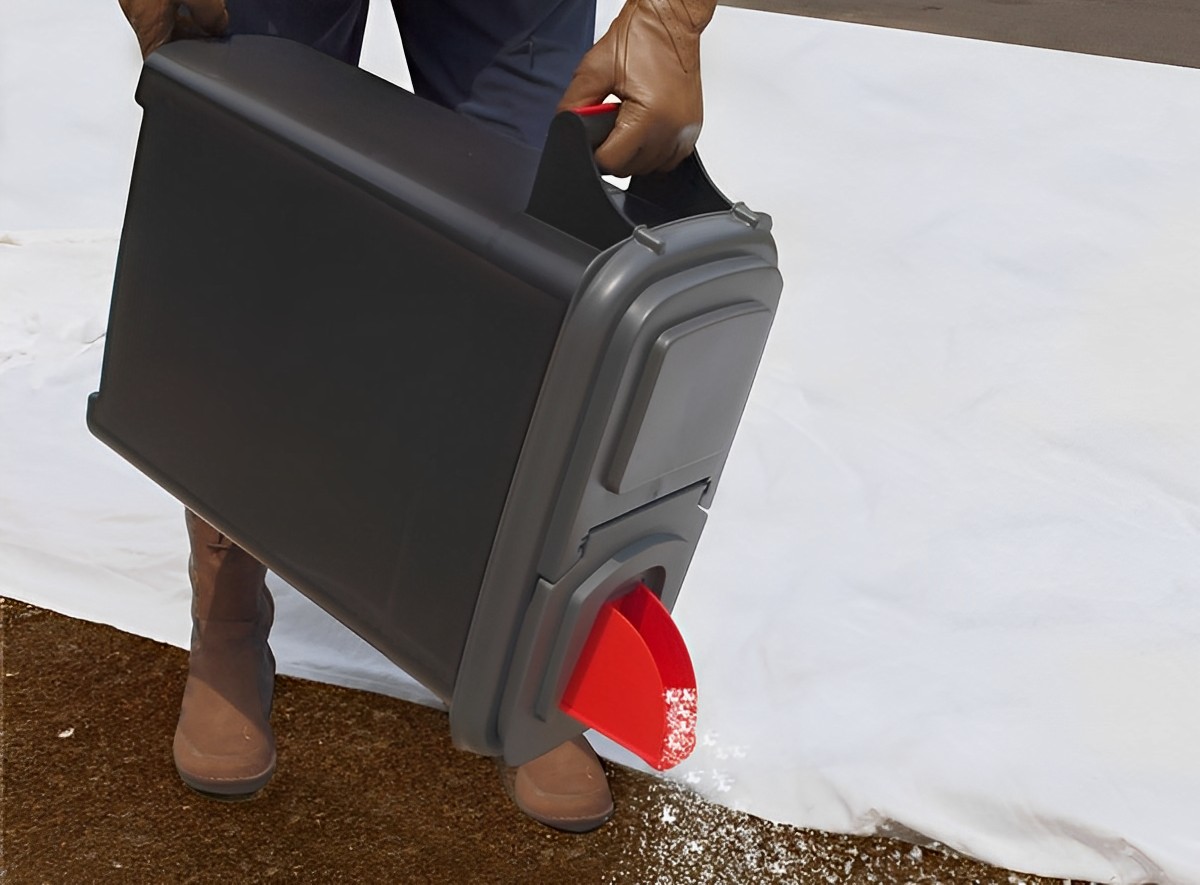
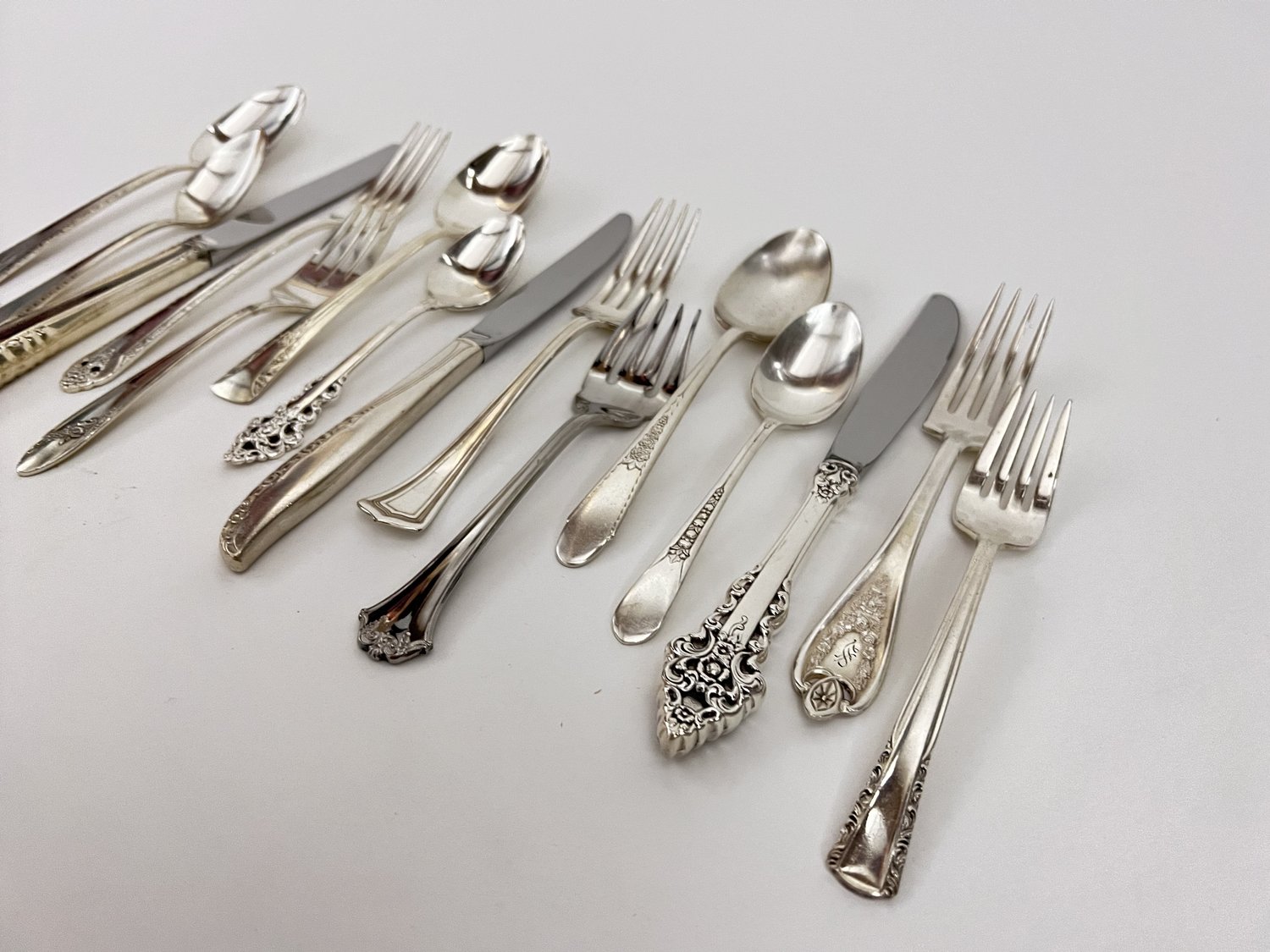
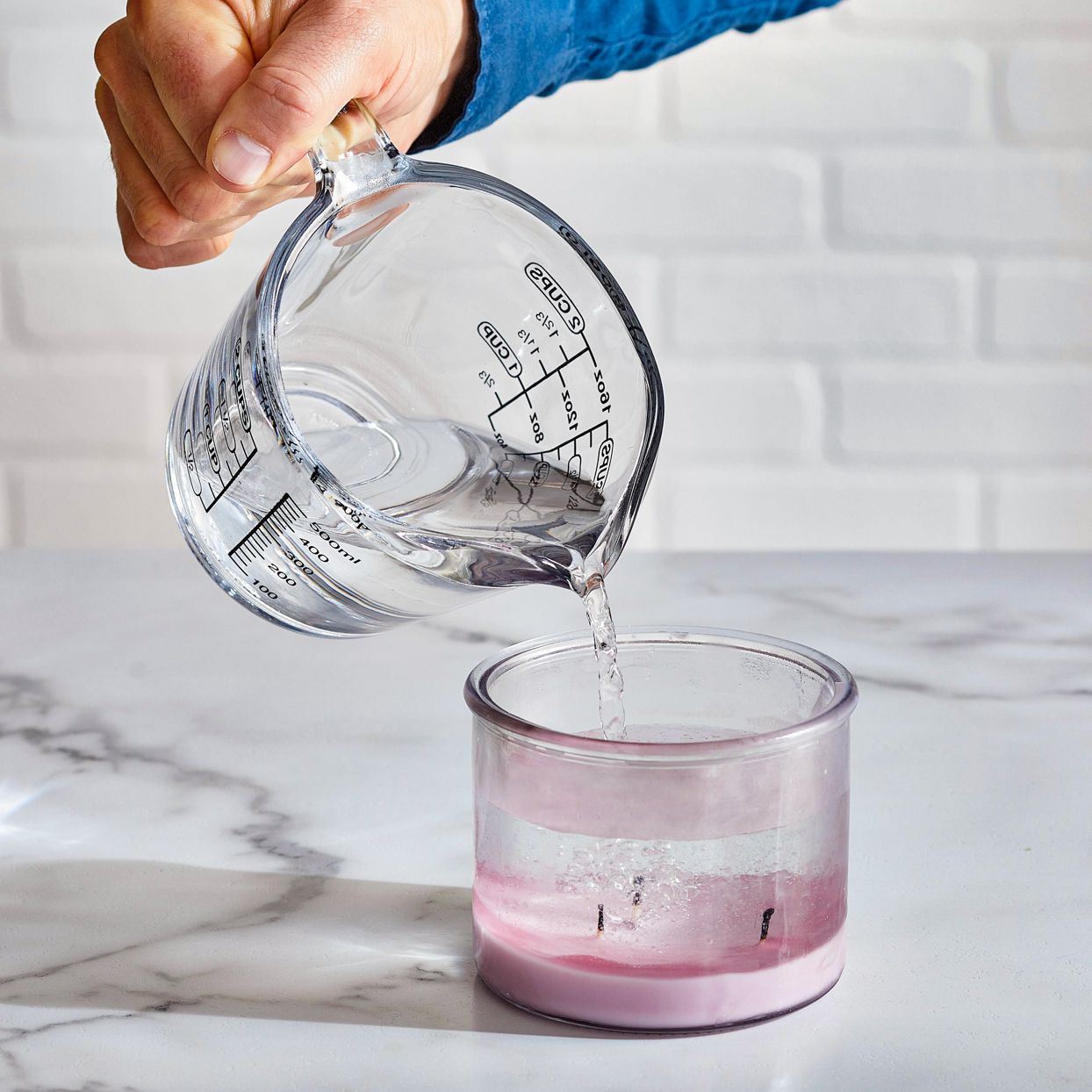
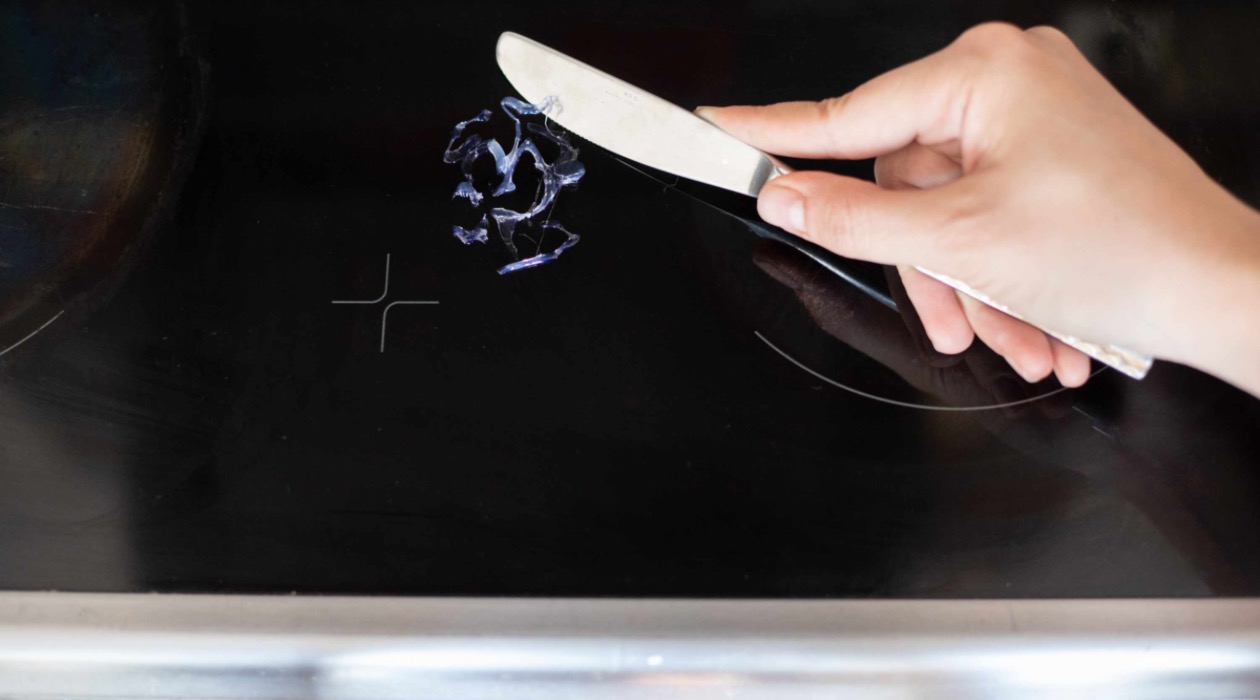
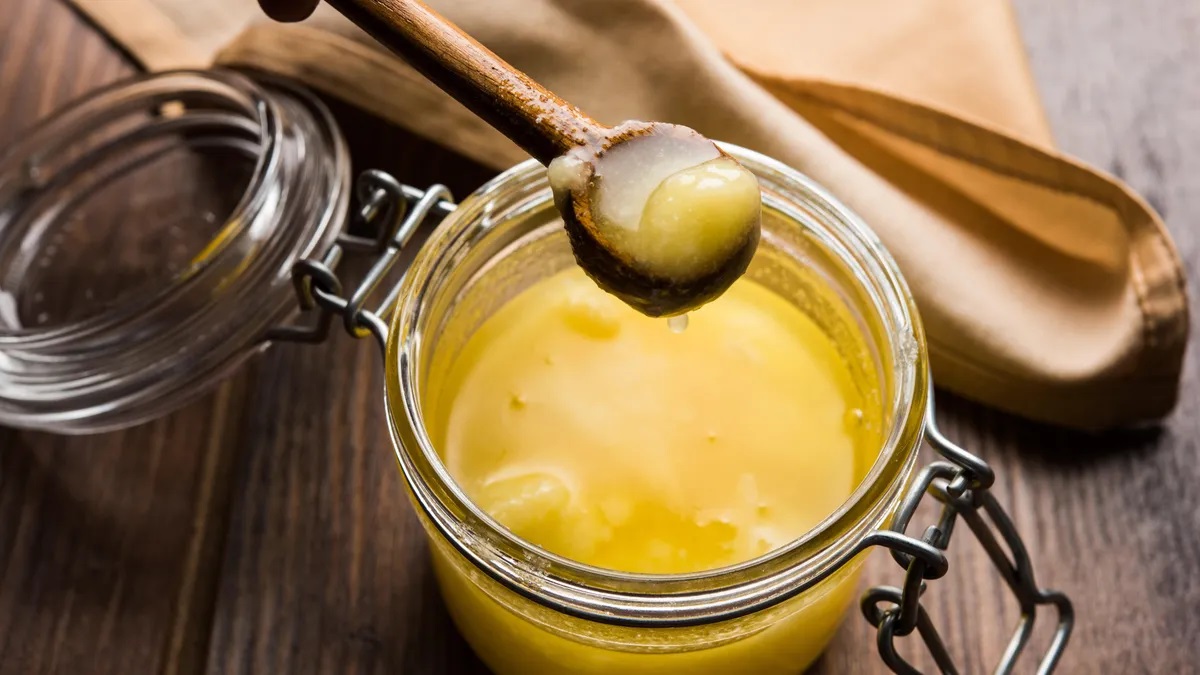
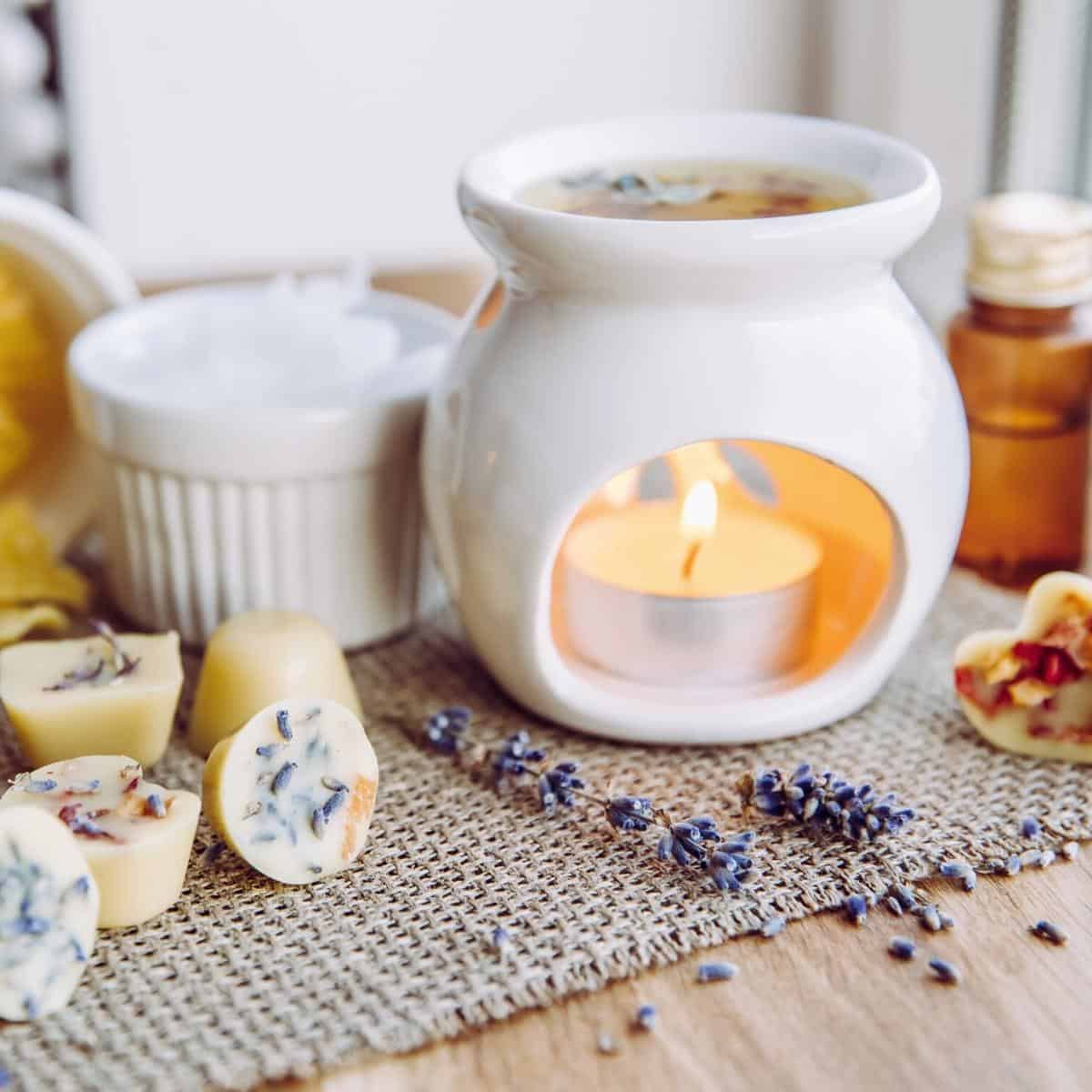
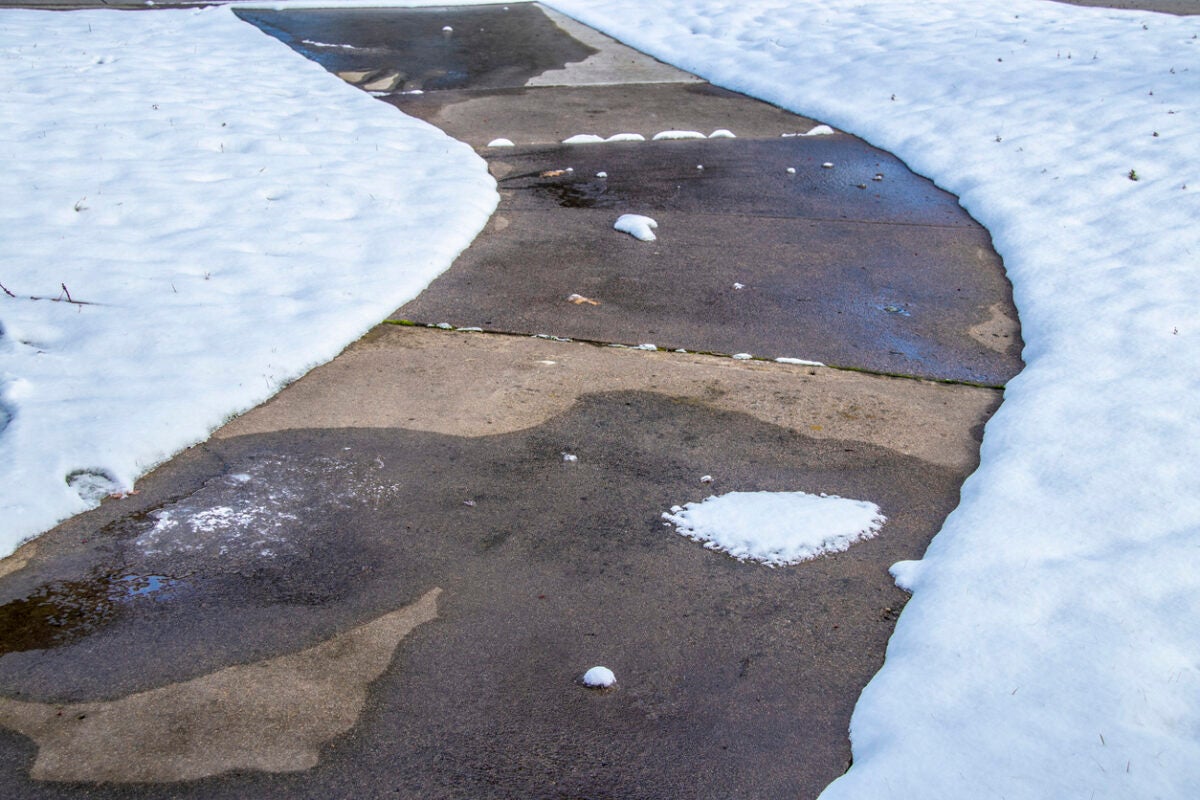
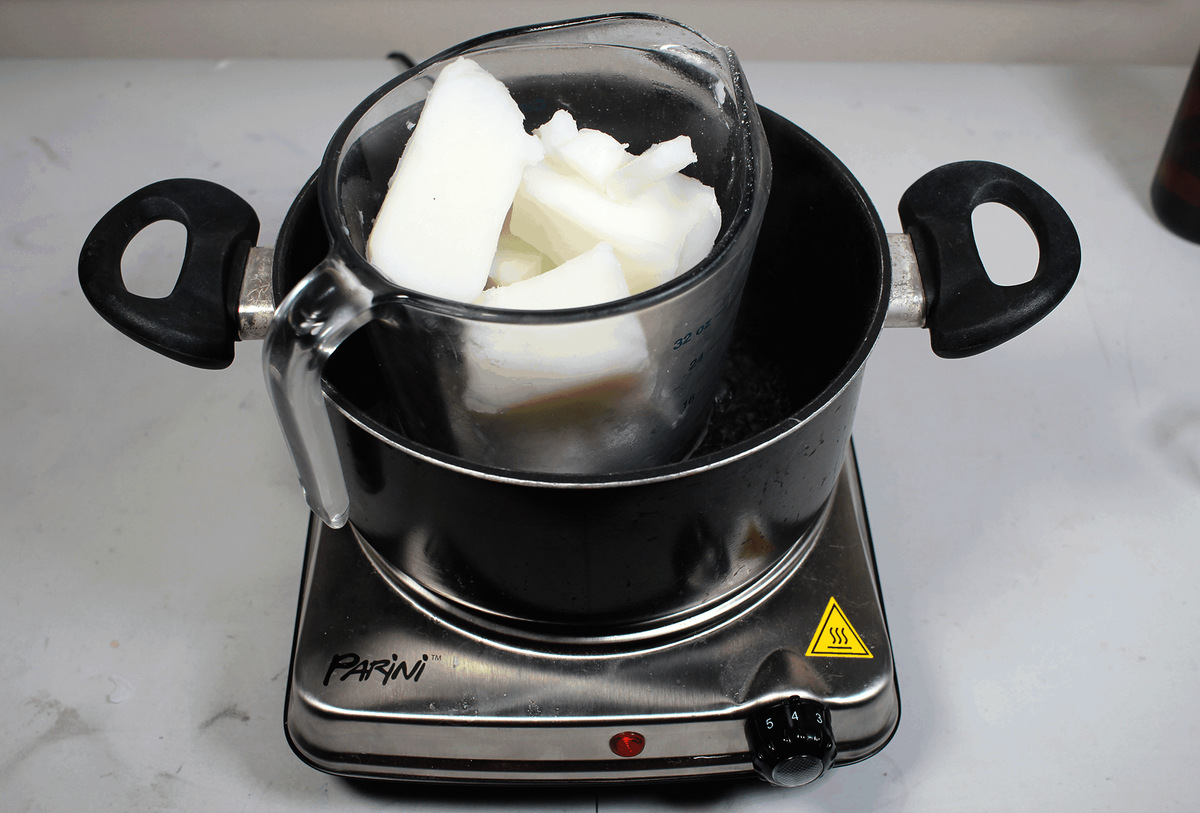

0 thoughts on “How To Melt Glass”